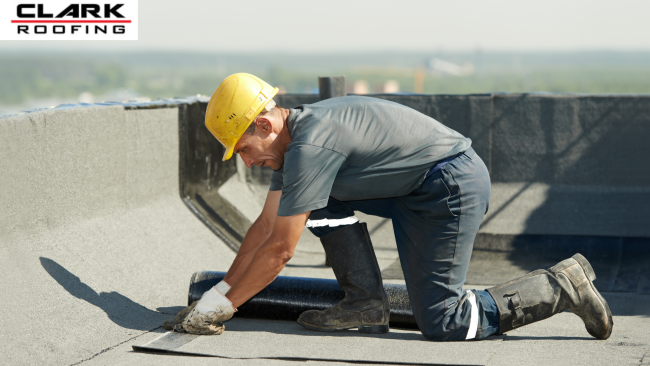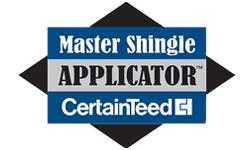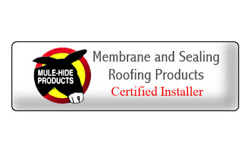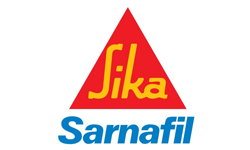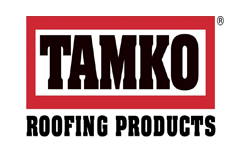TPO Roofing’s Features and Installation Procedures
As a business owner, you understand the importance of maintaining your property. A failing roof can lead to expensive repairs, not to mention the potential loss of customers, tenants, and investors. Weather conditions like hail, snow, ice, and wind, combined with poor installation or low-quality materials, can seriously damage your roof. If you’ve tried other commercial roofing materials, such as asphalt, and found them lacking in durability, you may be wondering what the best solution is.
The key to protecting your property is partnering with a reputable commercial roofer for TPO roofing installation. A professional contractor will have the expertise to install your new roof correctly and can help you create a maintenance plan to ensure it lasts for years to come.
What is TPO Roofing?
TPO, or thermoplastic polyolefin, is one of the fastest-growing commercial roofing systems on the market. Often referred to as flat roofing, TPO is a single-ply membrane made from a blend of ethylene-propylene and polypropylene rubber. You can easily recognize a TPO roof by its bright white, reflective surface.
Here are the key features of TPO roofing:
- Three-Layer Composition: TPO roofing consists of three layers—an outer and inner layer of thermoplastic polyolefin with a polyester reinforcing fabric, known as scrim, sandwiched in between.
- Durability and Affordability: TPO is a popular choice for flat or low-slope roofs on commercial buildings due to its cost-effectiveness and durability.
Why Choose TPO Roofing?
Selecting the right roofing material for your commercial property can be a daunting task. With so many options available, you want to choose a solution that’s both long-lasting and cost-effective. Here are some advantages of TPO roofing to consider:
- Cost-Effective: When installed and maintained properly, TPO roofing can last up to 25 years, offering excellent value for your investment.
- Puncture-Resistant: TPO is three times more puncture-resistant than EPDM (another common commercial roofing material), thanks to its flexibility and strength.
- Energy-Efficient: TPO naturally reflects UV rays, is Energy Star-approved, and helps reduce energy costs by easing the load on your building’s air conditioning system.
- Easy to Install: TPO is lightweight, features fewer seams, and comes in wider panels, making it easier and faster to install, which can reduce labor costs.
- Weather-Resistant: TPO’s flexible material resists harsh weather conditions, and its bright white surface keeps your building cooler even on the hottest days.
TPO Roofing Installation Process
Installing TPO roofing requires the right tools and expertise. It’s always best to hire a qualified, experienced roofer to ensure the job is done right. DIY installations can lead to costly repairs, and insurance may not cover mistakes made during the process.
A roofing contractor can also install a TPO membrane over existing metal roofing or use a thermal scan to check for moisture buildup. Depending on the results, they might recommend a complete tear-off of your old roof. Here’s what to expect during the TPO roofing installation process:
- Preparing Your Roof: The first step involves either removing the old roof or cleaning and insulating the existing one. Insulation options include expanded polystyrene, extruded polystyrene, and polyisocyanurate. The right insulation will improve energy efficiency and protect your roofing membrane from water vapor.
- Installing the Membrane: TPO roofing comes in various thicknesses, ranging from 45 to 90 mils, with 60 mil being the most common. The membrane can be installed using ballasting, bonding adhesive, or mechanical fasteners. A fully bonded roof involves applying glue over the entire surface of the membrane, ensuring a secure attachment with no air bubbles.
- Final Touches: Drip edges are added to direct water into your gutter system, preventing leaks and potential structural damage. Special attention is given to areas around chimneys and vents, with flashing installed to prevent water from seeping through the membrane.
Contact the TPO Roofing Experts
At Clark Roofing, we’ve installed and maintained thousands of roofs in the Waco, Texas area. Our team of professionals specializes in TPO roofing and can help you choose the best roofing materials for your needs. Whether you’re looking to install a new roof or need repairs on an existing one, we’re here to help. Contact us today for a free quote and more information about TPO roofing installation.

